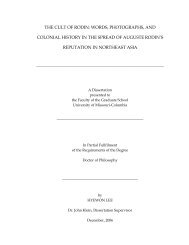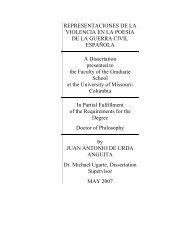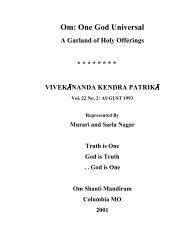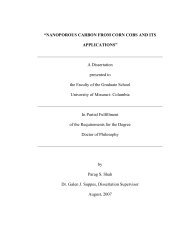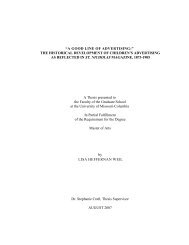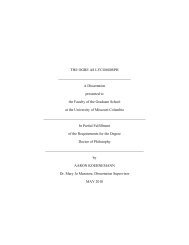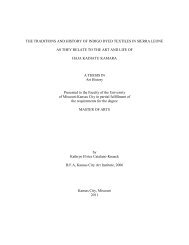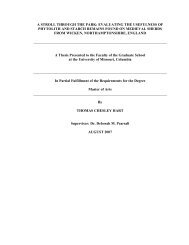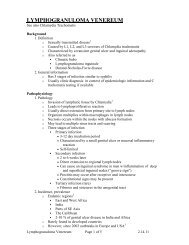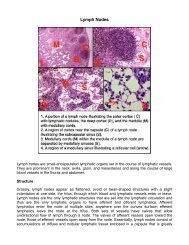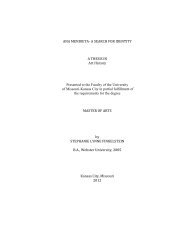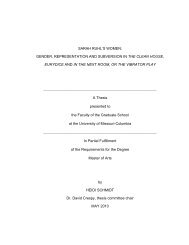Social Construction of Reality - Bad Request
Social Construction of Reality - Bad Request
Social Construction of Reality - Bad Request
Create successful ePaper yourself
Turn your PDF publications into a flip-book with our unique Google optimized e-Paper software.
Archival Data Content Analysis<br />
Content analysis <strong>of</strong> archival data from The School District’s pilot program<br />
evaluation, an evaluation <strong>of</strong> the English Speaker’s <strong>of</strong> Other Languages program, was<br />
performed. The content analyzed included field notes from commissioning activities with<br />
district administration, one-on-one interviews and focus groups, stakeholder meeting<br />
agendas, a binder <strong>of</strong> best ELL practices, drafts <strong>of</strong> the evolving program logic model, final<br />
logic model, emails from the program manager to program evaluation staff, draft report<br />
<strong>of</strong> evaluation, and report submitted at final stakeholders’ meeting. A process was used to<br />
identify key topics, as recommend by Merriam (1998). Specifically, the data were<br />
distilled via the process <strong>of</strong> constructing an interrelationship diagraph. The purpose <strong>of</strong> the<br />
interrelationship diagraph is to take a “central idea, issue or problem and map out the<br />
logical or sequential links among related items. It is a creative process that shows every<br />
idea can be logically linked with more than one other idea at a time” (Brassard, 1996, p.<br />
41). This process was organized into three steps: identifying and articulating key ideas,<br />
organizing the ideas according to obvious trends, creation <strong>of</strong> relationship arrows.<br />
All documents were organized according to date <strong>of</strong> creation and place within the<br />
evaluation timeline. All documents were then read and key topics and relevant<br />
characteristics were highlighted. Identified elements were then transcribed into one-line<br />
statements. Utilizing the computer program Inspiration, each statement was copied and<br />
pasted into a box; this resulted in a representation <strong>of</strong> what Brassard (1996) deems an<br />
“explosion <strong>of</strong> ideas” (p. 41).<br />
67



